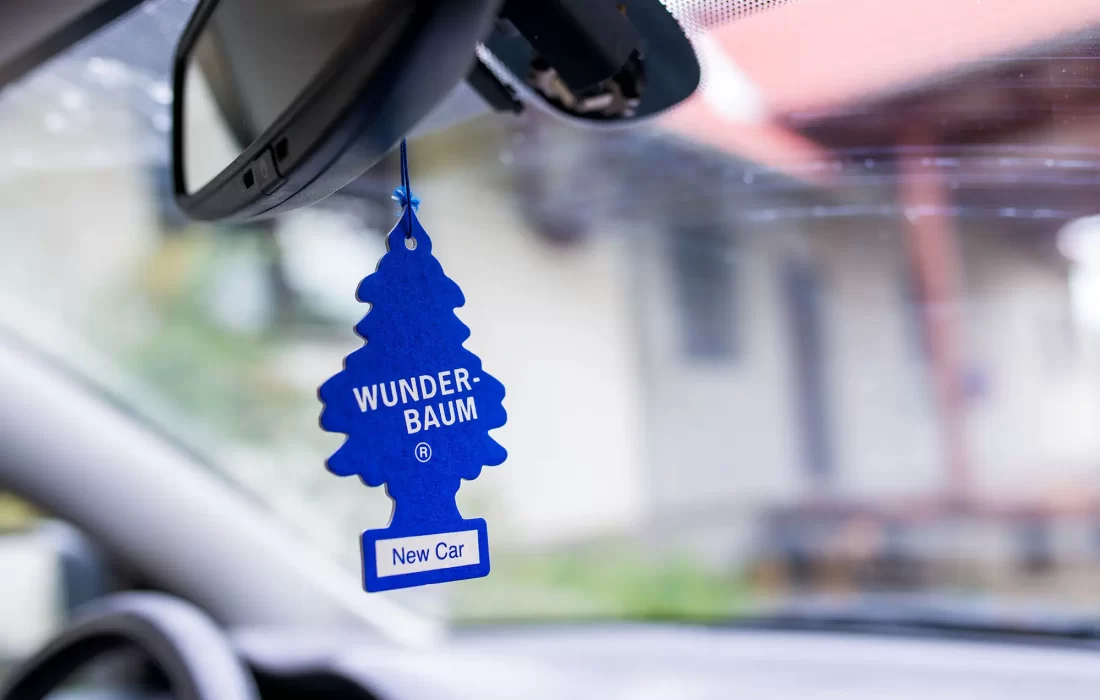TUESDAY, May 7, 2024 (HealthDay News) – (Tasrir) — However, at least part of that scent could be due to toxic carcinogens released by flame retardants, a new study says.
Flame retardant chemicals added to seat foam and other car components pollute the cabin air inside all personal vehicles, according to findings published in the journal Environmental Science & Technology.
Further, these chemicals are added to meet an outdated federal flammability standard that actually holds no proven fire-safety benefit, researchers said.
“Considering the average driver spends about an hour in the car every day, this is a significant public health issue,” lead researcher Rebecca Hoehn, a doctoral student and toxicology scientist at Duke University, said in a news release. “It’s particularly concerning for drivers with longer commutes as well as child passengers, who breathe more air pound for pound than adults.”
The research team found flame retardants inside the cabins of 101 cars model year 2015 or newer from across the United States, results show.
Nearly all cars (99%) contained tris (1-chloro-isopropyl) phosphate (TCIPP), a flame retardant under investigation by the U.S. National Toxicology Program as a potential carcinogen, researchers said.
Most cars also had two other flame retardants considered carcinogenic in California, tris (1,3-dichloro-2-propyl) phosphate (TDCIPP) and tris (2-chloroethyl) phosphate (TCEP), researchers said.
These and other identified flame retardants also have been linked to neurological and reproductive health concerns, researchers said.
Testing found higher flame retardant concentrations in warmer weather, researchers report. Off-gassing from seat foam and other interior components increases with heat, and vehicle interiors can reach up to 150 degrees Fahrenheit.
Seat foam samples from 51 of the cars directly connected flame retardants in the cushioning to airborne chemicals inside the vehicles.
For example, vehicles that contained the suspected carcinogen TCIPP in their foam tended to have higher concentrations of TCIPP in their air, researchers said.
Flame retardants are added to seat foam to meet federal standards adopted in the 1970s, researchers said. These standards have not been updated since.
“Firefighters are concerned that flame retardants contribute to their very high cancer rates,” Patrick Morrison, director of health, safety and medicine for the International Association of Fire Fighters, said in a news release.
“Filling products with these harmful chemicals does little to prevent fires for most uses and instead makes the blazes smokier and more toxic for victims, and especially for first responders,” Morrison said. “I urge [the U.S. National Highway Traffic Safety Administration] NHTSA to update their flammability standard to be met without flame retardant chemicals inside vehicles.”
California already has adopted an updated flammability standard for furniture and baby products. The update, done a decade ago, requires no flame retardants and yet has maintained or modestly increased furniture fire safety in the Golden State, researchers said.
Previous studies have indicated that the average U.S. child has lost three to five IQ points from exposure to one flame retardant used in cars and furniture, researchers said. Another recent paper estimated that people with the highest levels of this flame retardant in their blood have a quadrupled risk of dying from cancer, compared with those who have the lowest levels.
“You may be able to reduce your exposure to flame retardants in your car by opening your windows and parking in the shade,” researcher Lydia Jahl, a senior scientist at the Green Science Policy Institute, said in a news release.
“But what’s really needed is reducing the amount of flame retardants being added to cars in the first place,” Jahl added. “Commuting to work shouldn’t come with a cancer risk, and children shouldn’t breathe in chemicals that can harm their brains on their way to school.”

















